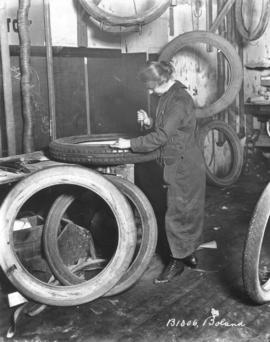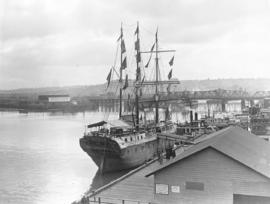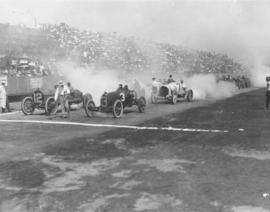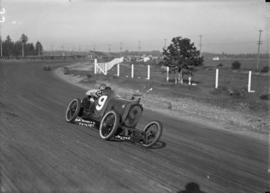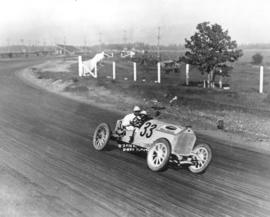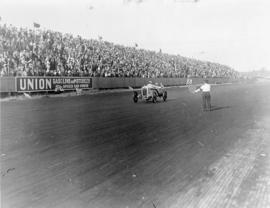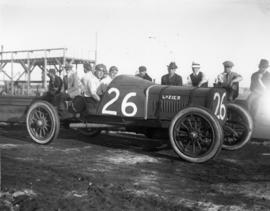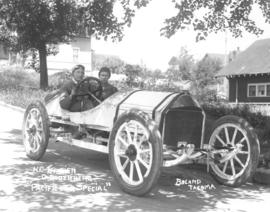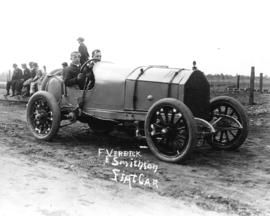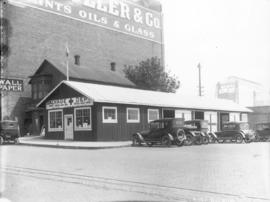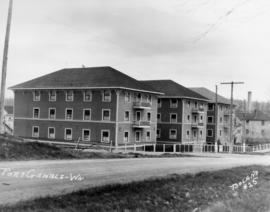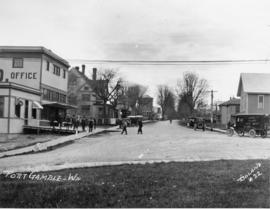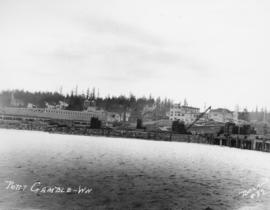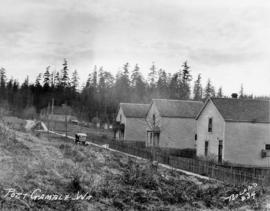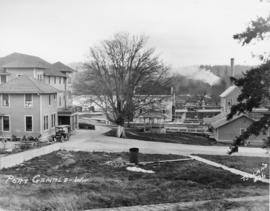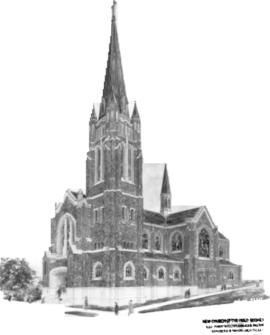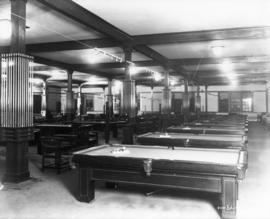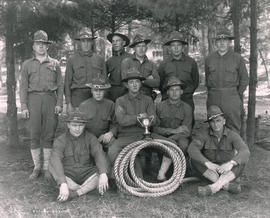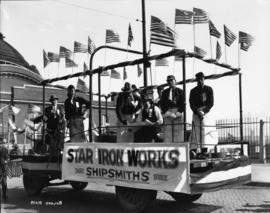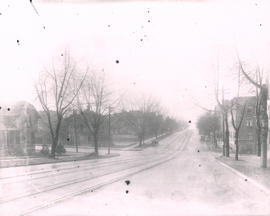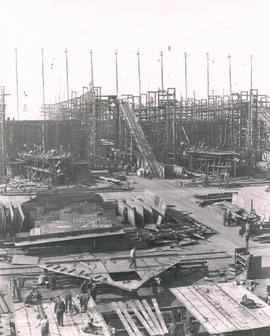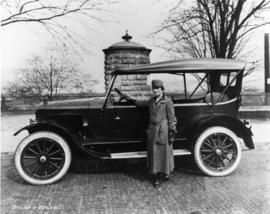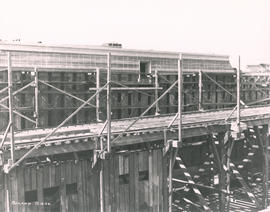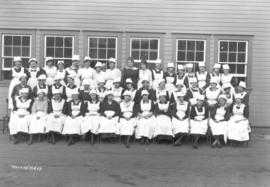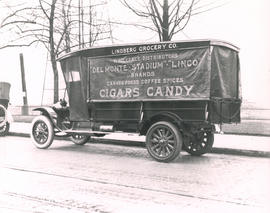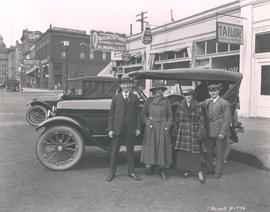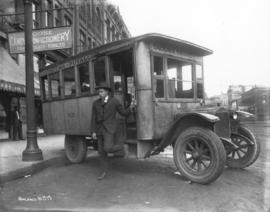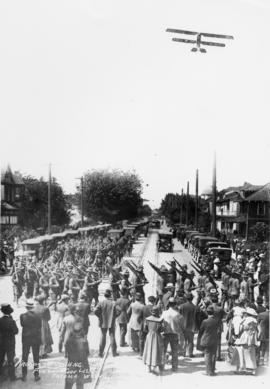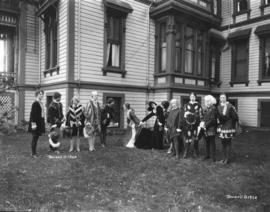- Item
- 1918-08-17
Part of Marvin Boland Photographs
On August 17, 1918, Mrs. M. Ristig was photographed while repairing tires at the M.K. Martin Company, 750 Broadway. She was one of thousands of women worldwide, as the photo's headline in the Tacoma Daily Ledger stated, "Taking the Places of Those Over There." World War I, 1914-1918, proved to be a turning point for women's employment. With the men away at war, women were called upon to fill non traditional jobs, providing them the opportunity to prove that women could fill jobs outside the office or the home. The women performed admirably in many jobs previously denied to them, many of them physically demanding or dangerous. As Mrs. Ristig's employer, Mr. Martin, stated "She can do every bit as much work as a man and do it just as well." TPL-1656, Boland B1306 (TDL 8/25/1918, pg. C-1)
Tires; Women--Working class--1910-1920; M.K. Martin Co. (Tacoma); World War, 1914-1918--Women--Tacoma;
